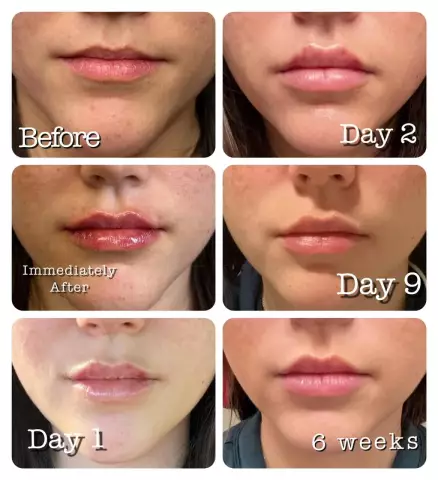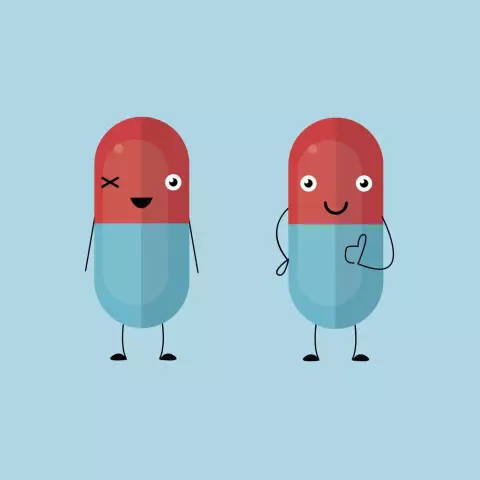- Author Rachel Wainwright [email protected].
- Public 2023-12-15 07:39.
- Last modified 2025-11-02 20:14.
WADA banned meldonium is not a placebo
Evidence of the effectiveness of mildronate in the treatment of coronary artery disease with angina pectoris can be found in many publications of the late twentieth century. Research has been conducted since 1984, including placebo-controlled effects. In total, clinical trials of Mildronate have been carried out for more than thirty years.

The experience of using Mildronate, accumulated in everyday clinical practice for 25 years, is also noteworthy and confirms that Mildronate is not a placebo.
One of the first placebo-controlled studies of mildronate was aimed at studying the effectiveness of treatment of 50 patients with coronary artery disease and stable angina pectoris. Under the influence of Mildronat, an increase in exercise tolerance was achieved.
Another double-blind, randomized, placebo-controlled study of meldonium aimed at studying the effect of Mildronate on the effectiveness of treatment of patients with IHD II and III FC according to the classification of the Canadian Cardiovascular Society (CCS), confirmed an increase in the average duration of FN compared to the loads performed at the randomization visit. In the Mildronate group, this increase was significant (p = 0.02), while in the placebo group, no significant changes were found. After the expiration of the study period, the number of angina attacks in both groups decreased compared to the initial data. At the same time, while taking Mildronate, there was a significant decrease in the need for additional intake of nitroglycerin (p = 0.02). It was concluded thatthat the addition of Mildronate to therapy leads to a significant increase in exercise tolerance and a decrease in the need for additional nitroglycerin intake.
According to the authors of the study, the use of Mildronate in patients with stable angina pectoris can significantly reduce the frequency of anginal attacks, significantly reduce the patients' need for short-acting nitrates, and increase exercise tolerance. Thus, the assumption that Mildronate has a placebo effect is not true.
In the Russian-speaking part of the Internet, discussions continue on the topic of what the substance meldonium is and the drug based on it, called "Mildronate". Some argue that meldonium is a placebo, and 2 million athletes who take it do not themselves know why they did it. Their opponents, in turn, write that meldonium is not only not a placebo, but is even taken as doping. The argument, according to the latter, is the very 2 million athletes who periodically took the drug.
All this is happening against the backdrop of the ongoing scandal with the ban of meldonium by the World Anti-Doping Association. As a reminder, since January 1, 2016, WADA designated Mildronat as doping and banned athletes participating in professional competitions from taking it.
After the ban of Mildronate, hundreds of athletes, in whose blood meldonium was found, were suspended from sports. It is worth noting that a significant part of the athletes who were "caught" by WADA representatives for taking Mildronat live in Eastern Europe and the countries of the former Soviet Union.
Criticism towards the fact that Mildronate is taken mainly by athletes in Eastern Europe and the countries of the former USSR, and not in the West, is also explained by the history of the origin of the drug. For the first time, the medicine was allowed to be used in the Soviet Union in 1984, where it was created, after full-fledged research on the effect of meldonium on the human body.
In the late 80s - early 90s, Mildronat, after another series of clinical trials, was approved for sale in most countries of the former USSR. In the 2000s, drug sales began in China, Bulgaria, Turkey, Vietnam, Albania, Kosovo and Mongolia.
Found a mistake in the text? Select it and press Ctrl + Enter.






